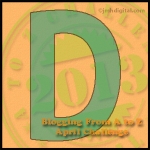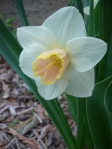Have you ever heard the phrase, “The best time to plant a tree is five years ago.”? Well, that’s kind of how I feel about Elderberry (even though it’s a shrub).
Elderberry, a native shrub to North America, can be grown in (hardiness) zones 3 – 10 and can be planted in virtually any condition. It grows anywhere from full sun to part shade. They are very adaptable to different soils, but thrive in wet areas (where a lot of others can’t).

American Elder flowers
Their résumé looks pretty good too. If you are looking for a plant to do some work for you or provide you with more than something to look at, they are a very useful shrub. They attract beneficial insects to the garden, their white flowers can be used for tea, and their edible blue-black berries can be used for a quite tasty medicinal elderberry syrup (which is very tempting to pour onto pancakes), can be made into elderberry wine or used for jams and pies.
And , if you’re looking to bring wildlife to your yard, they also attract birds both because of their multistemmed form, where the birds with take cover, and their fruit serves as a bird buffet. Elderberries can get quite large though, ranging from 6 – 12 both high and wide, and they need a friend as a pollinator in order to get fruit so you can’t plant just one, you’ll for sure need two, but if you have the room, plant a few or more that way there will be enough fruit for you to bake, brew and share with both friends and the birds.
Did I mention they have fall color? They are beautiful in the fall as well!

American Elder Fall Color
Elderberry is one of the coolest plants that I don’t have in my yard, but it is definitely at the top of my list to plant this year.
Kate
Photos from University of Minnesota Extension






